
Nam Định is renowned for its vibrant food scene, with many locals claiming to ‘live by selling food’. The ancient streets of Thành Nam, as the old quarter of Nam Định is affectionately known, are always bustling with age-old eateries. For the locals, dining out is a familiar routine that has been going on for decades.
Similar to many northern provinces, breakfast in Nam Định can last from the early morning until almost noon. Noodle dishes like bún and phở, as well as xôi (sticky rice), are popular choices. Xôi xíu, in particular, is considered a signature dish of this ‘city of flame trees’. Pictured here is a busy shop selling this delicacy on Bắc Ninh street, with customers lining up to dine in or take away, around 9:30 am on a weekend.
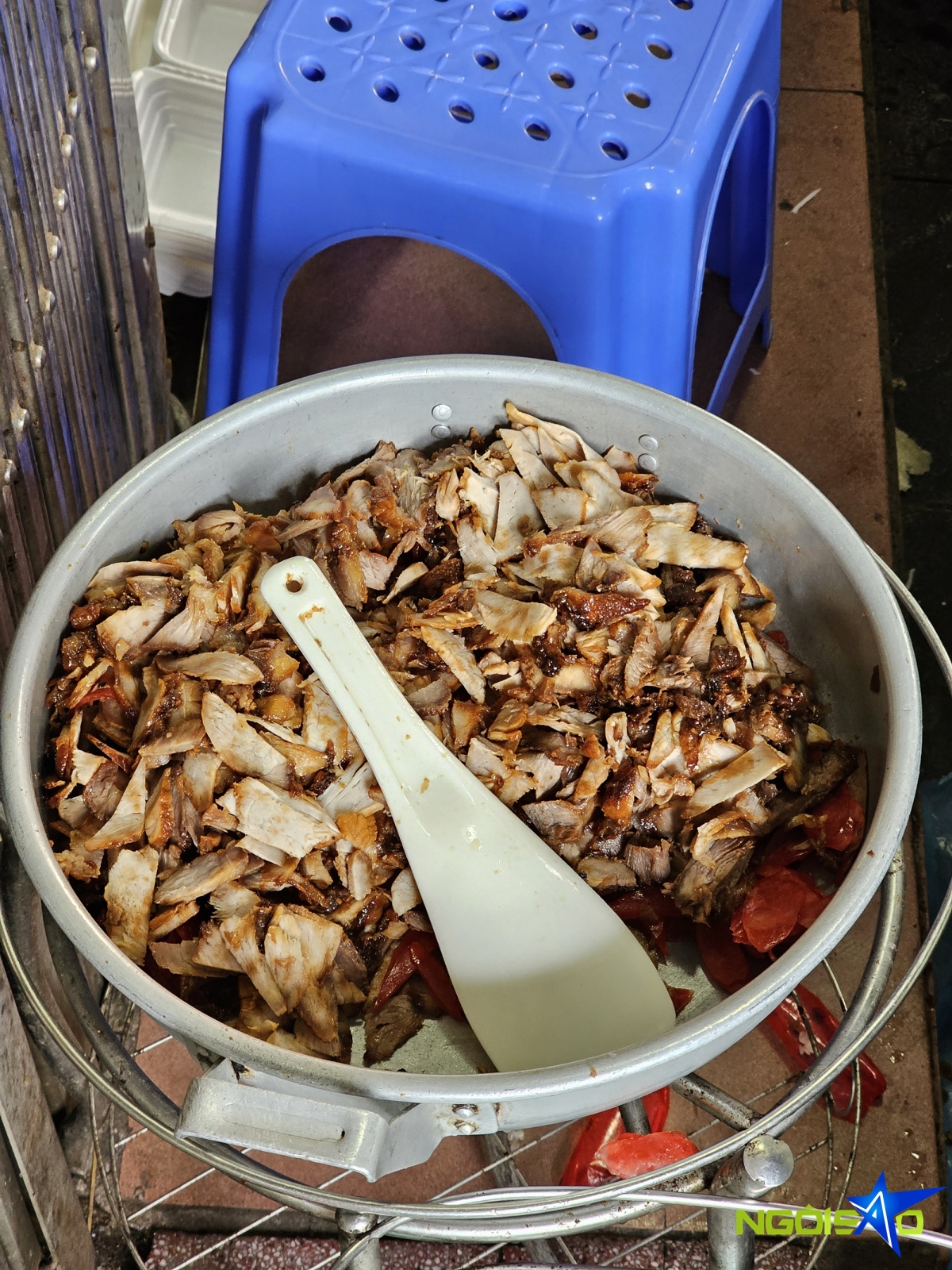
Xôi xíu is a simple dish of white sticky rice served with xá xíu (barbecued pork) and lap xuong (Chinese sausage). The meat is lean and dry, unlike the fatty cuts often found in Chinese restaurants. It is marinated to perfection, tender, and not too sweet, then sliced thinly.
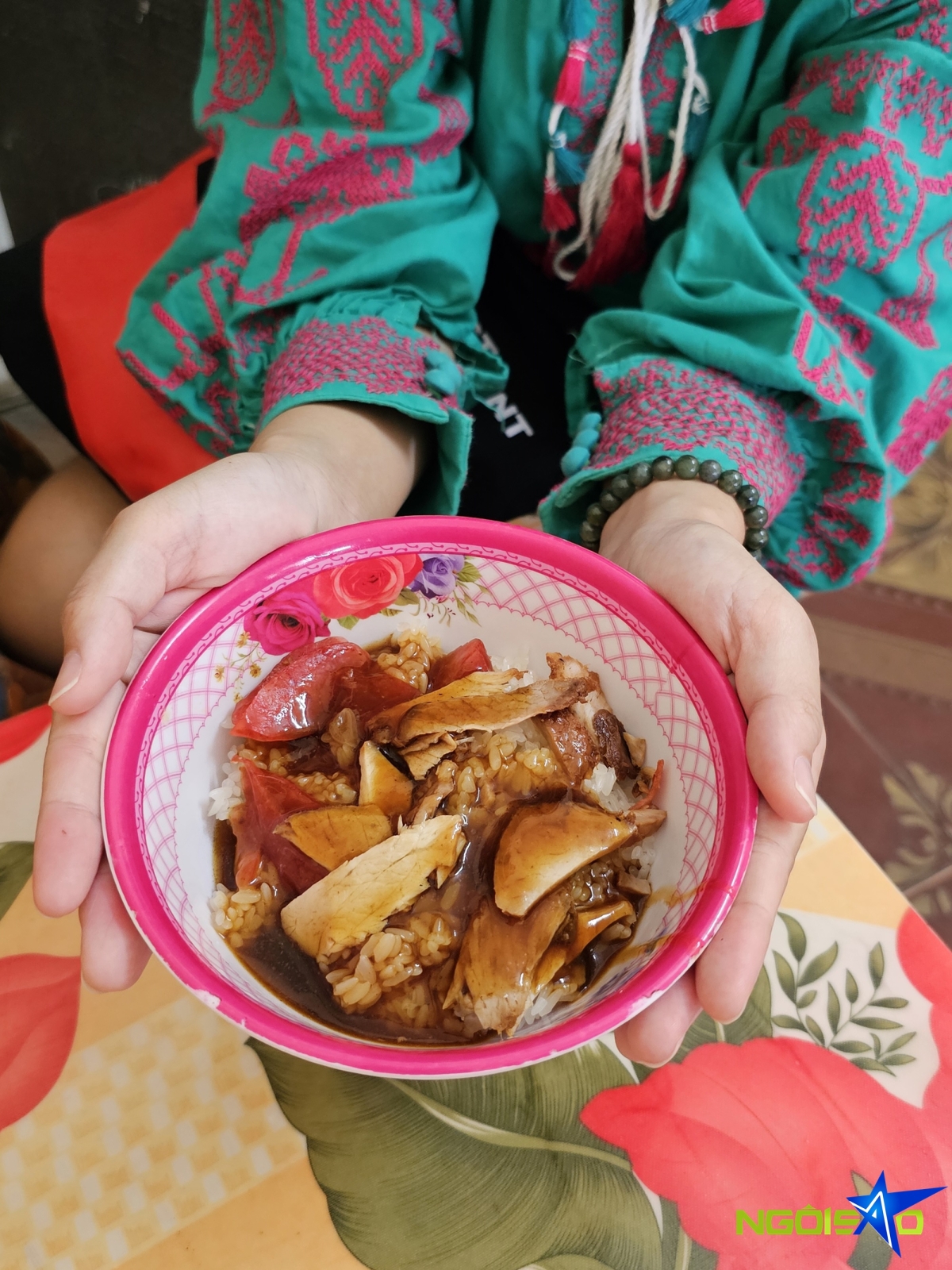
The sticky rice is infused with a thick, savory sauce that tantalizes the taste buds. A typical bowl of xôi xíu costs only 15,000 VND. For a heartier meal, you can order an extra portion of rice or meat for 20,000 VND.

In addition to the beloved xôi xíu, the shop also offers two types of sweet porridge: chè thập cẩm (mixed sweet porridge) and green bean porridge with lotus seeds, each priced at 15,000 VND. The chè here always includes dried grapes and candied sour sorrel, typical ingredients found in northern Vietnamese porridge during the 1990s.
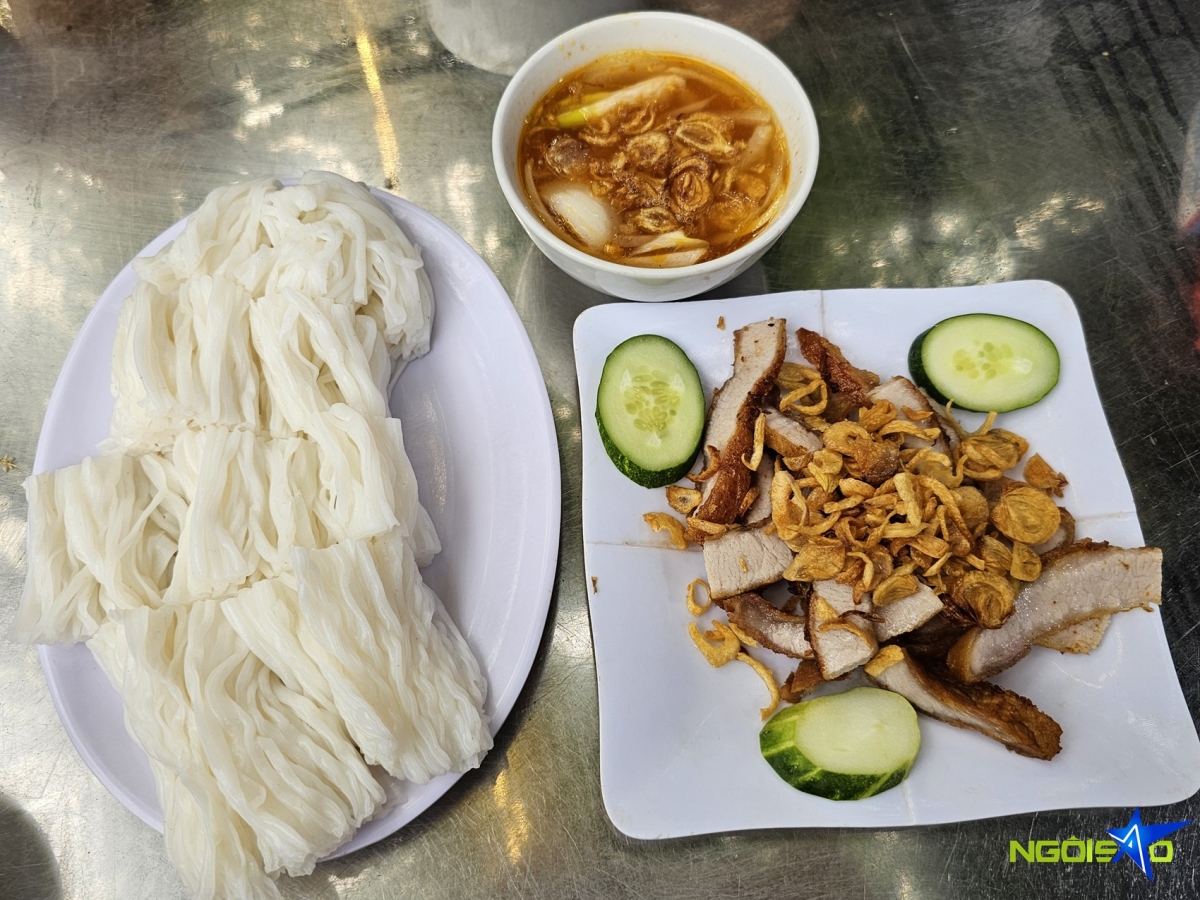
Xá xíu pork is also delicious when paired with phở, creating the famous phở chấm xíu. The phở noodles are served dry, and the meat is roasted to a golden crisp on the outside while remaining tender on the inside, accompanied by fragrant fried shallots. The secret to this dish’s success lies in the sweet and sour dipping sauce enhanced with shallots and onion bulbs. A serving, priced at 60,000 VND, is enough for one or two people.
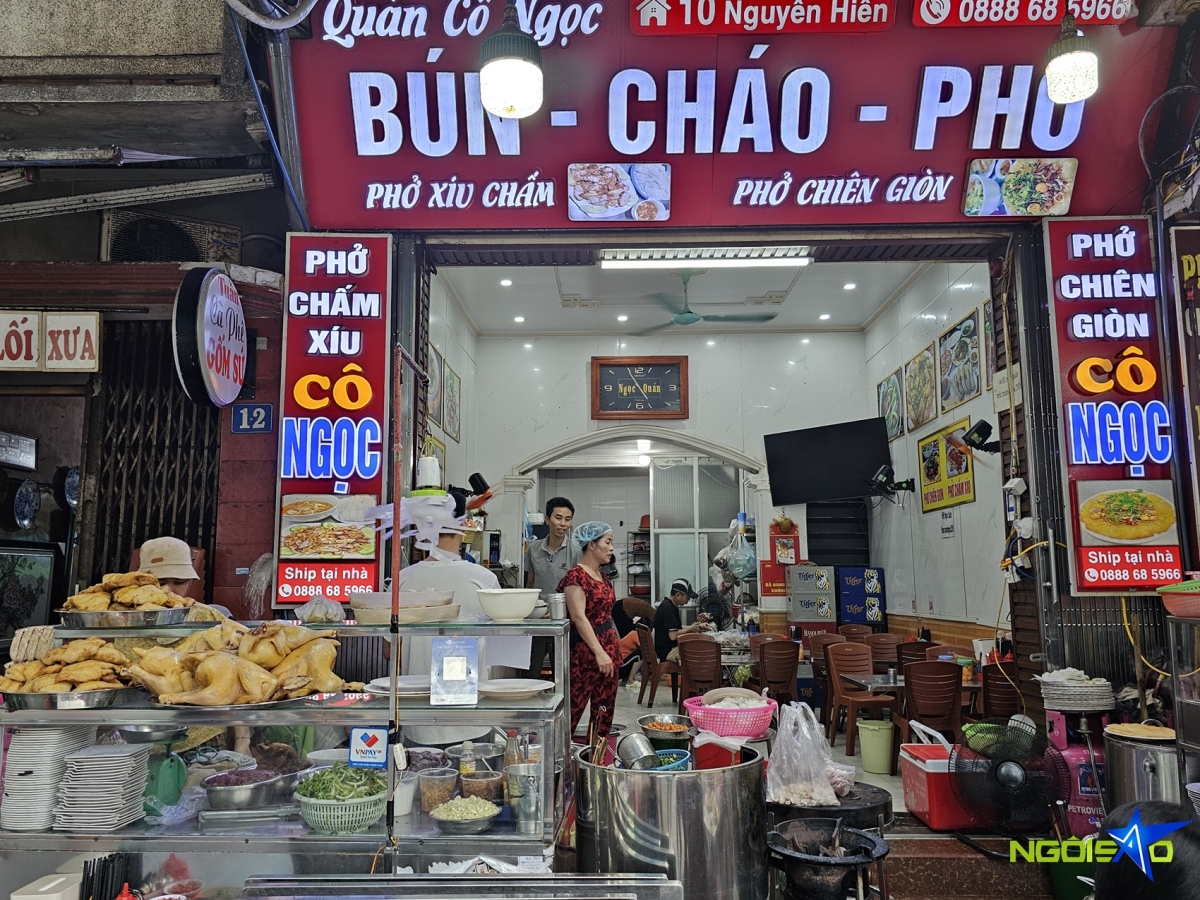
In addition to phở chấm xíu, the restaurant on Nguyễn Hiền street also offers phở chiên giòn (fried phở) and various chicken dishes. It has been a favorite among locals and tourists for almost a decade.
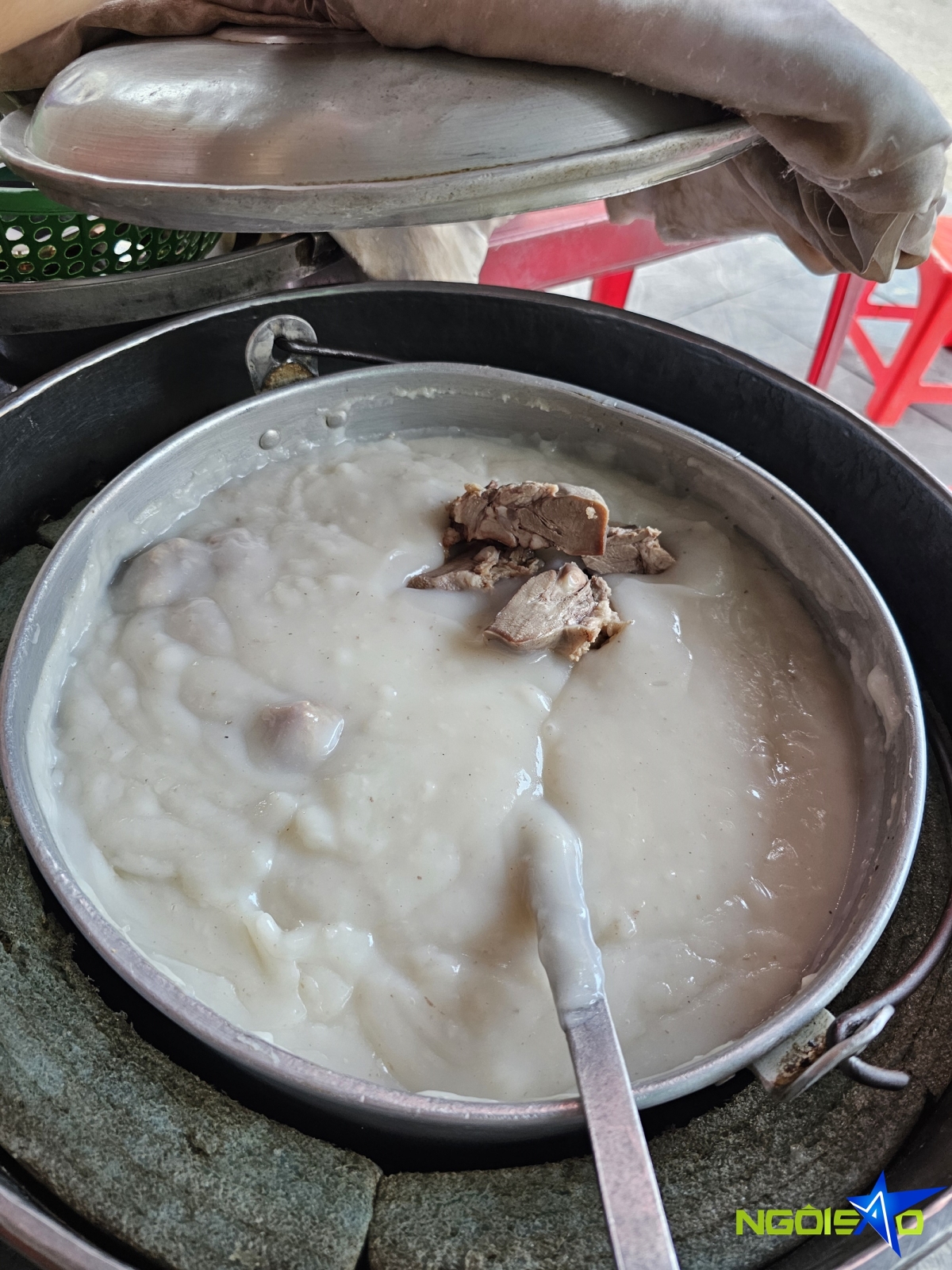
Compared to breakfast, afternoon snacks are even more popular in Nam Định, with a diverse menu. Notable dishes include cháo lưỡi lợn (pig tongue porridge), spare rib porridge, and pig’s trotters porridge. The porridge is made from finely ground rice, resulting in a thick and smooth consistency similar to Hanoi’s famous spare rib porridge. It has a sweet and light flavor.
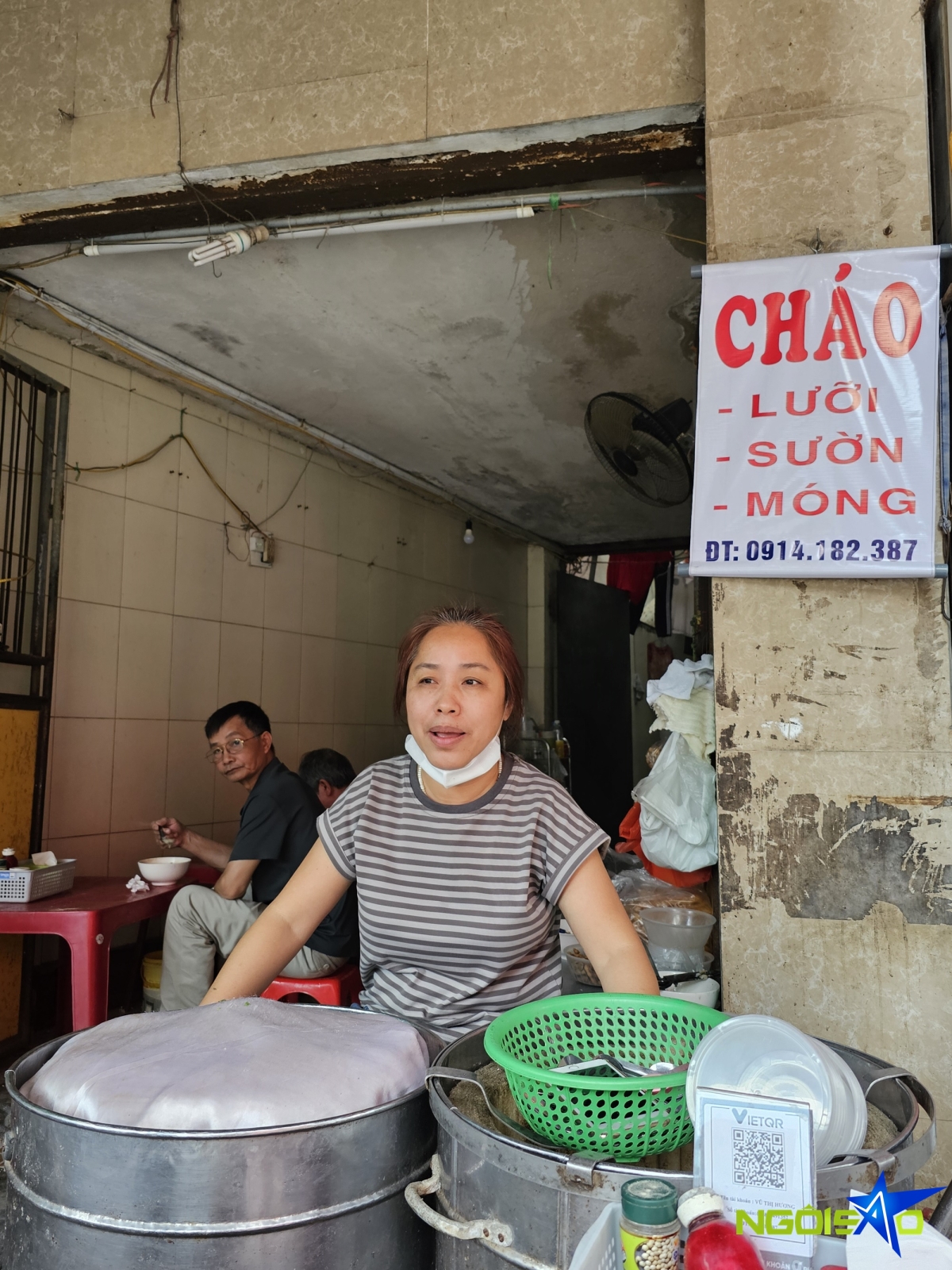
The porridge shop on Hưng Yên street has been in business for 40 years and was the first to sell this dish in the old quarter of Nam Định.
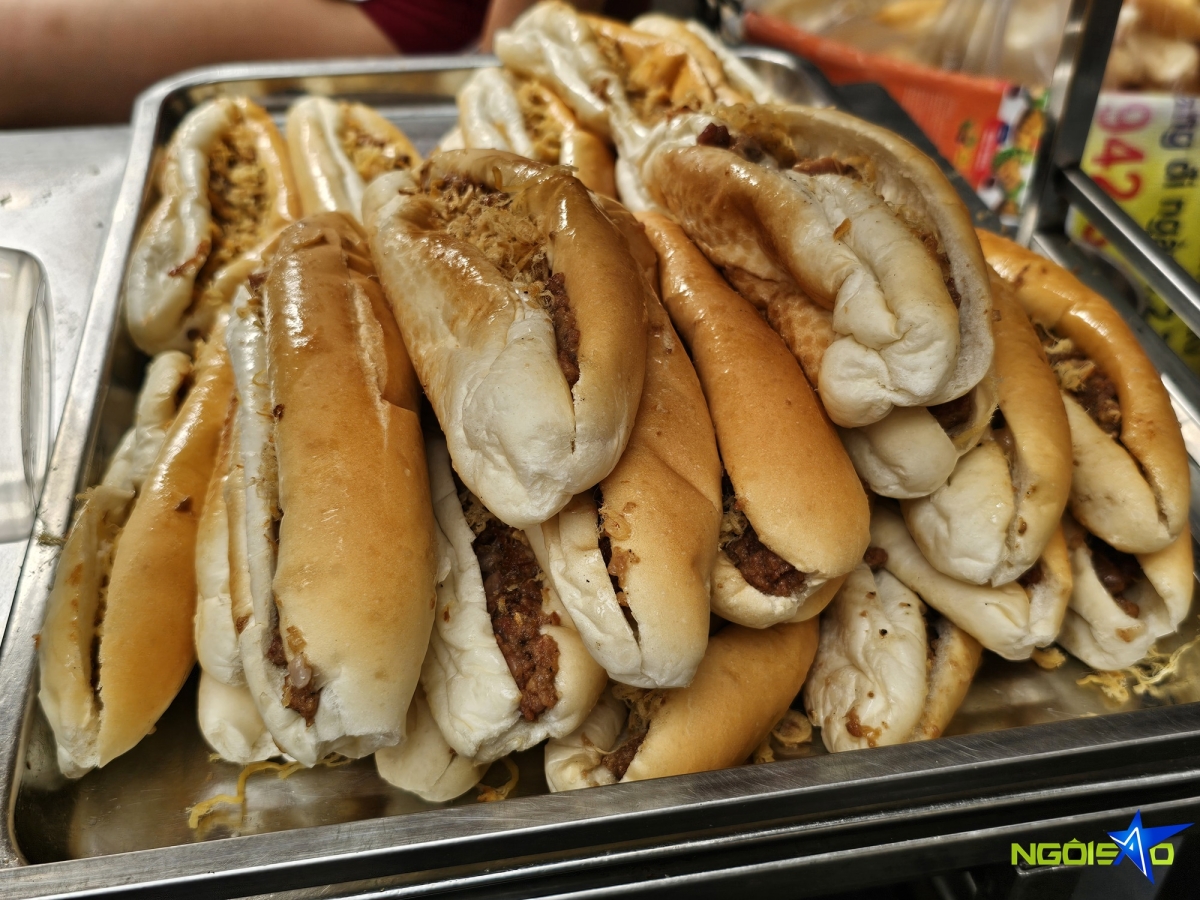
Bánh mì in Nam Định is small and slender, similar to Hải Phòng’s bánh mì que, but with a soft and shiny crust, resembling sweet bread rolls. The fillings are simple yet delicious: pate and ruốc (shrimp paste), and each bánh mì costs only 15,000 VND.
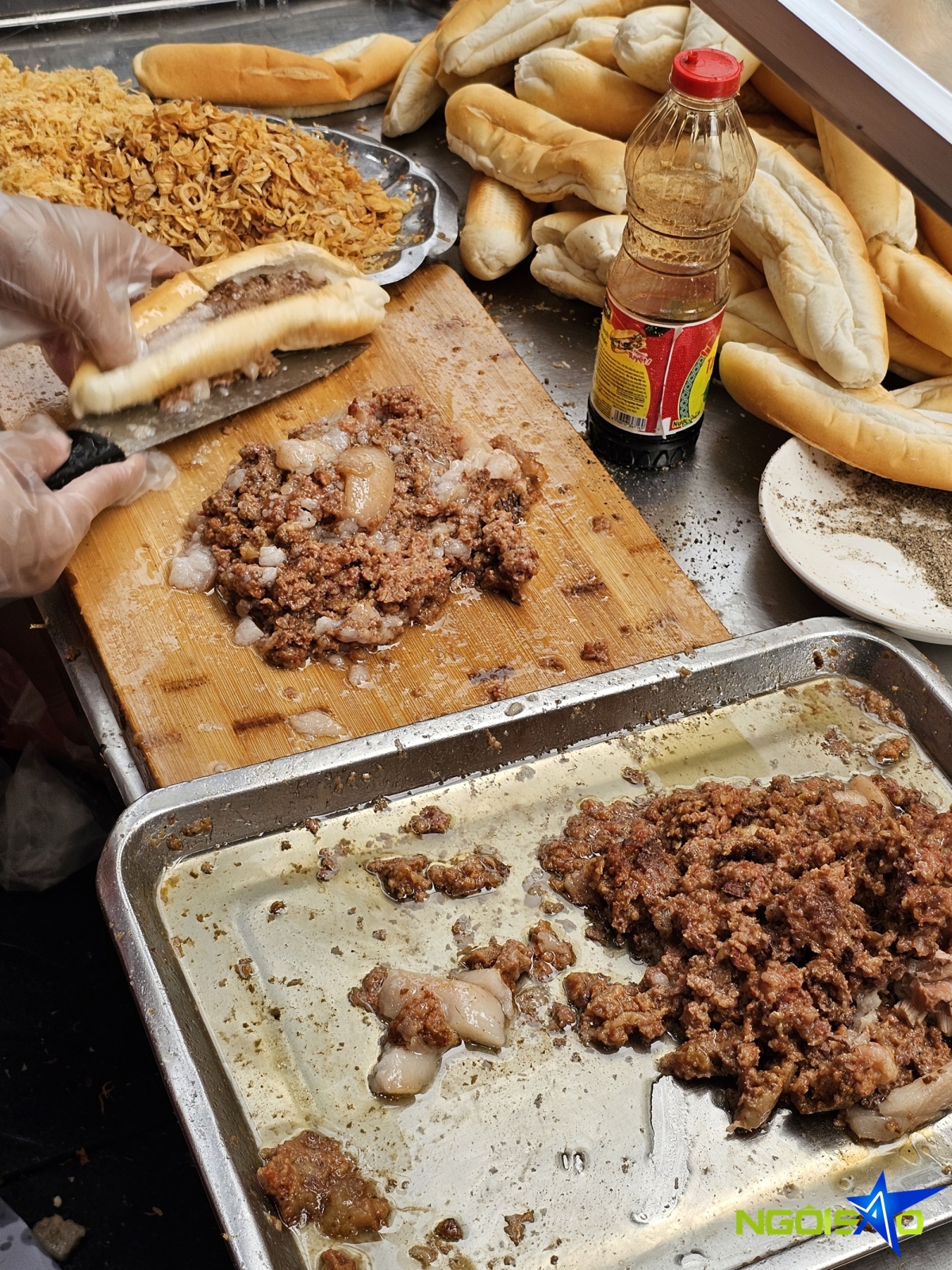
In the afternoon, customers line up at the bakery on Lý Thường Kiệt street. The owner skillfully slices the pate, scoops the ruốc, and assembles the sandwiches as quickly as possible to keep up with the demand. Trays of toppings are emptied in just a few minutes.
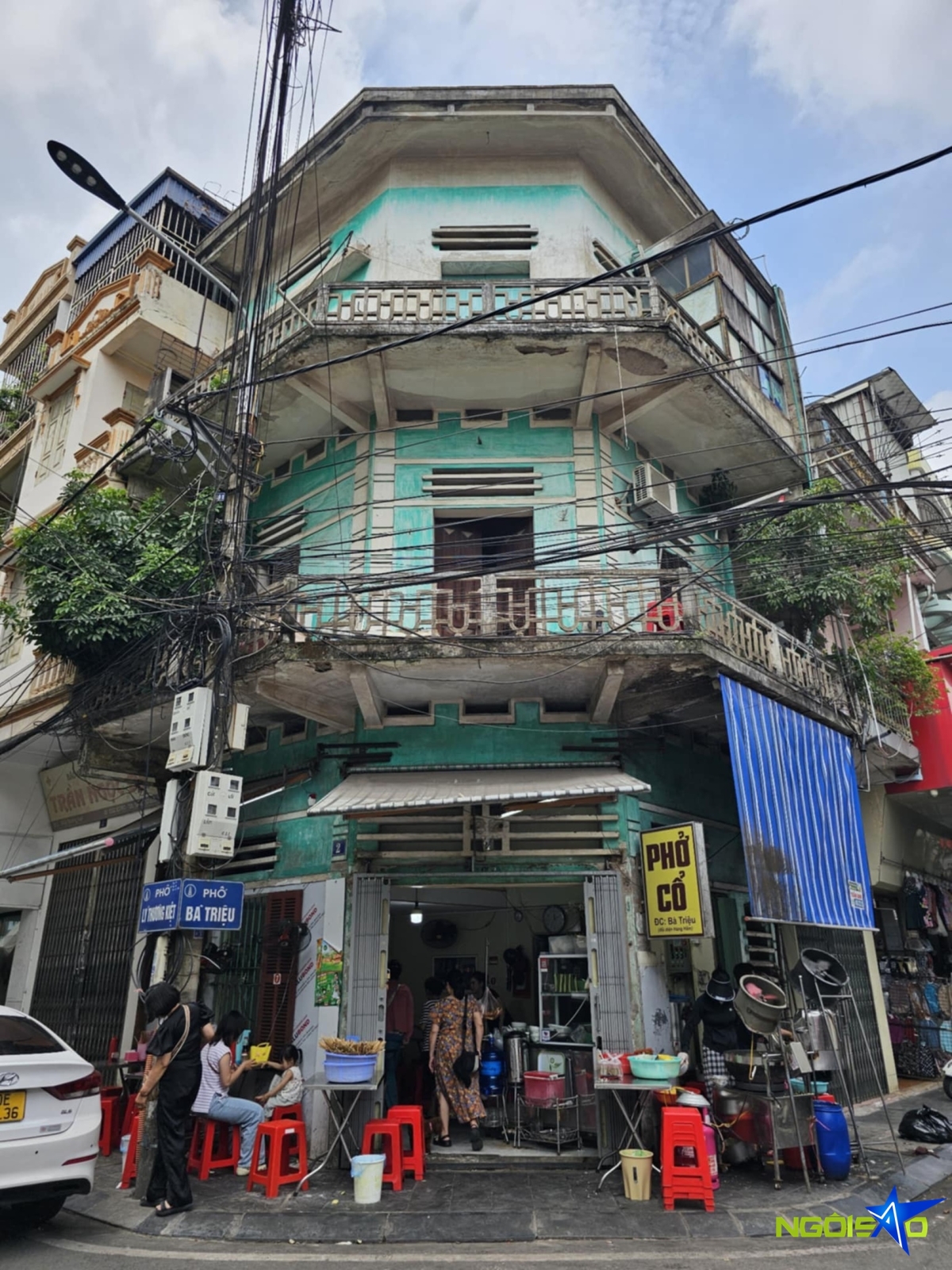
However, the most famous specialty of Nam Định is undoubtedly phở cồ. Therefore, no matter the time of day, you will find authentic local phở restaurants everywhere, with prices ranging from 35,000 to 40,000 VND.
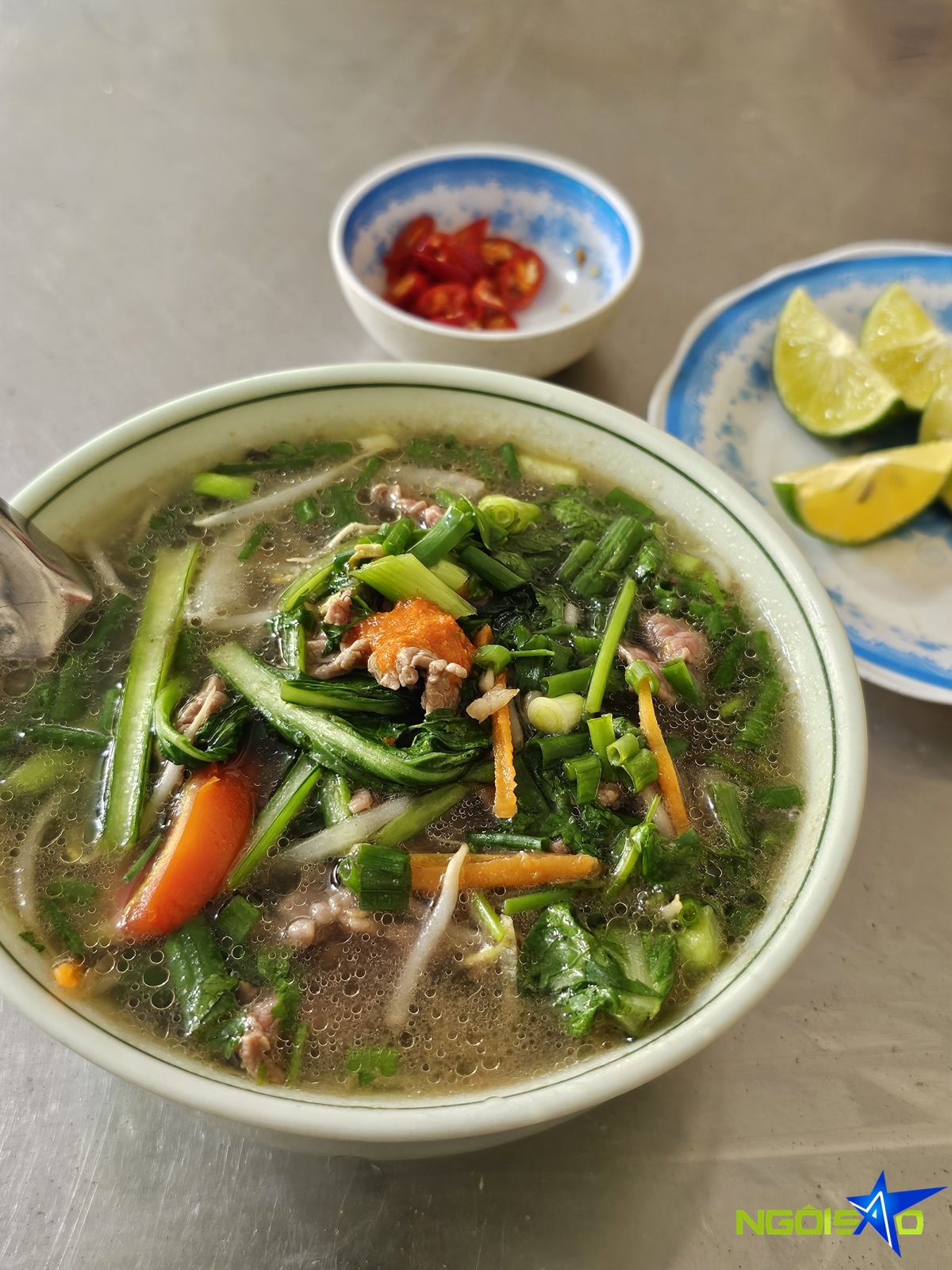
Nam Định’s phở cồ is exclusively made with beef. It features wide rice noodles and a rich broth prepared from beef bones and high-quality fish sauce. The phở tái lăn, in particular, is enhanced with the aroma of fried garlic and the sweetness of beef briefly stir-fried before being added to the bowl.
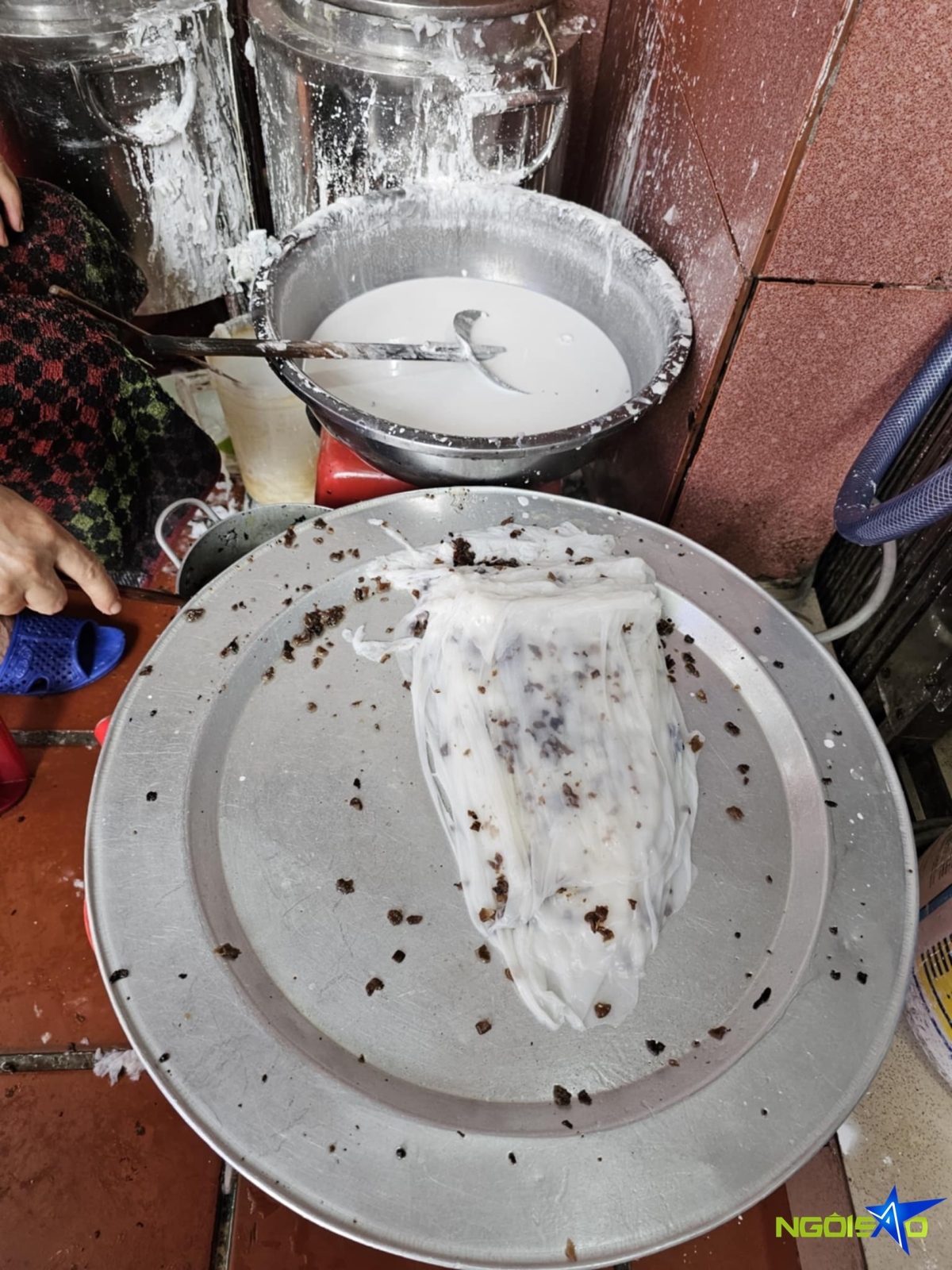
The bánh cuốn of Nam Định is also made with a rice flour batter, resulting in soft and delicate wrappers. The filling includes ground meat, wood ear mushrooms, and other ingredients similar to bánh cuốn nóng. However, the bánh cuốn are pre-made and served at room temperature, resembling the bánh cuốn of Thanh Trì, a suburb of Hanoi.
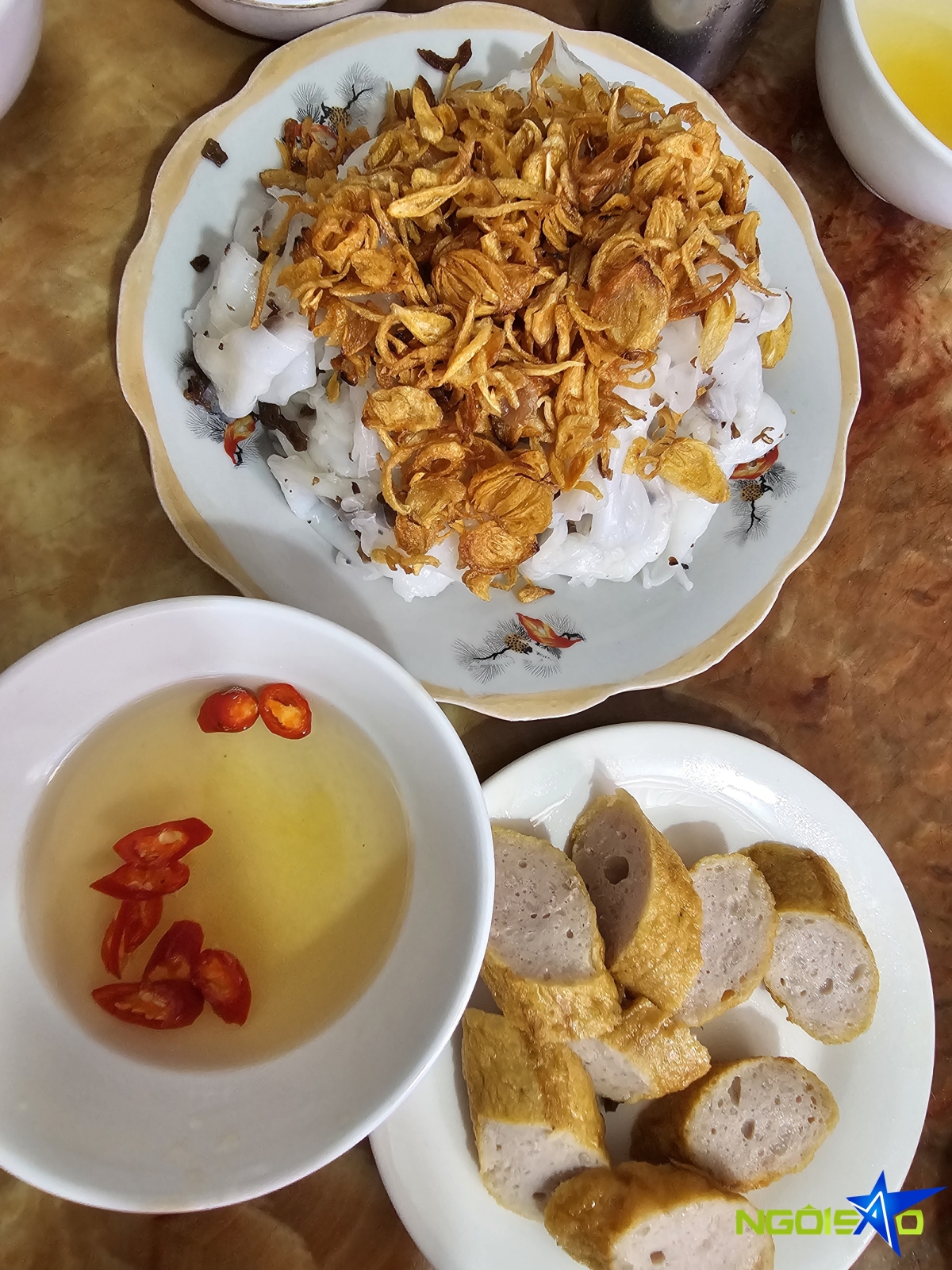
A serving of bánh cuốn, accompanied by fried pork belly and shallots, costs 25,000 VND.
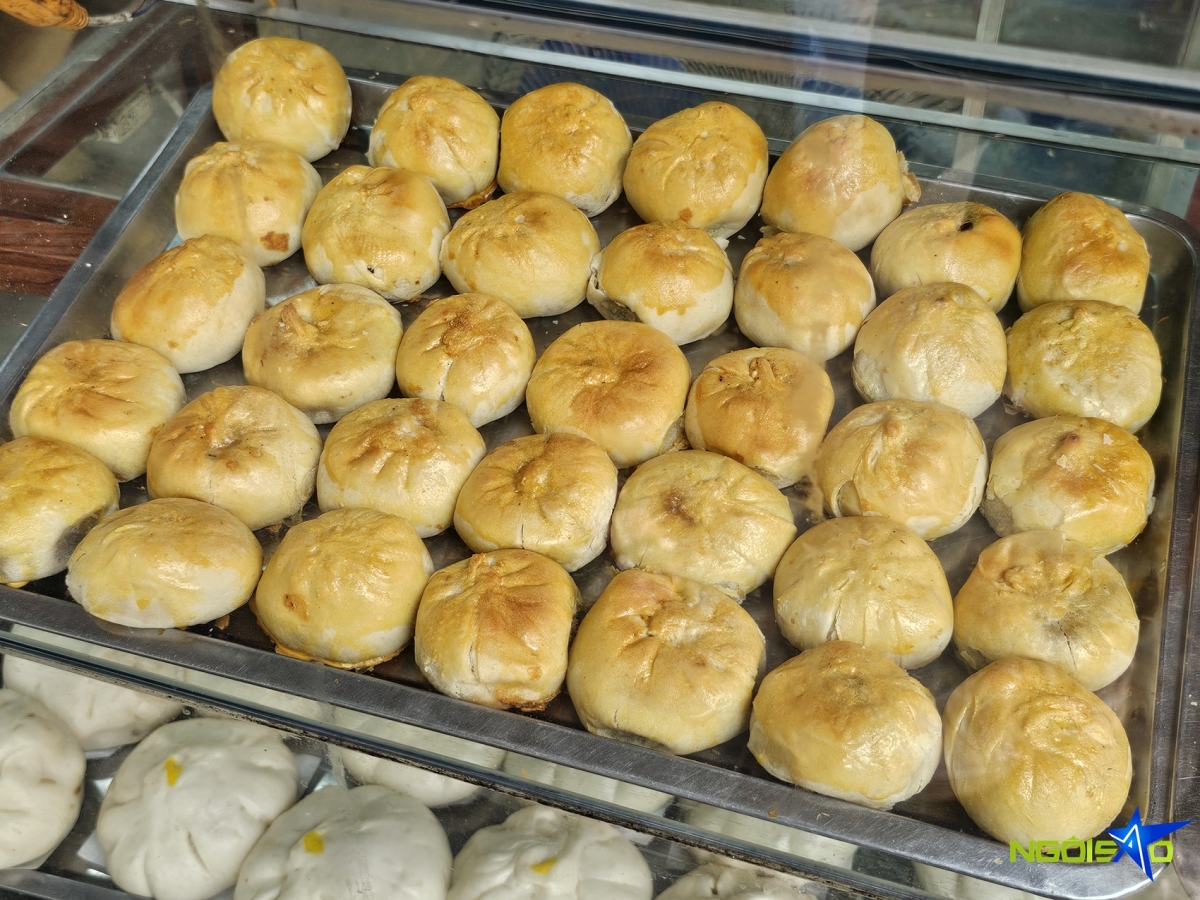
In addition to phở cồ, another dish that puts Nam Định on the map of Vietnamese cuisine is bánh xíu páo. This snack was introduced by the Chinese community that settled in the region centuries ago. The small, round pastries fit snugly in the palm of your hand. The dough is made from wheat flour and baked to a golden brown, similar to fried bao buns but without the greasy feel. The filling includes quail eggs, minced meat seasoned to perfection, and a mix of mushrooms, wood ear fungus, and onions.
Bánh xíu páo is ubiquitous in Nam Định, sold everywhere from large shops to small street stalls. Each pastry costs 6,000 VND, and customers often buy a box of six. Many people also buy dozens of boxes as gifts when traveling.
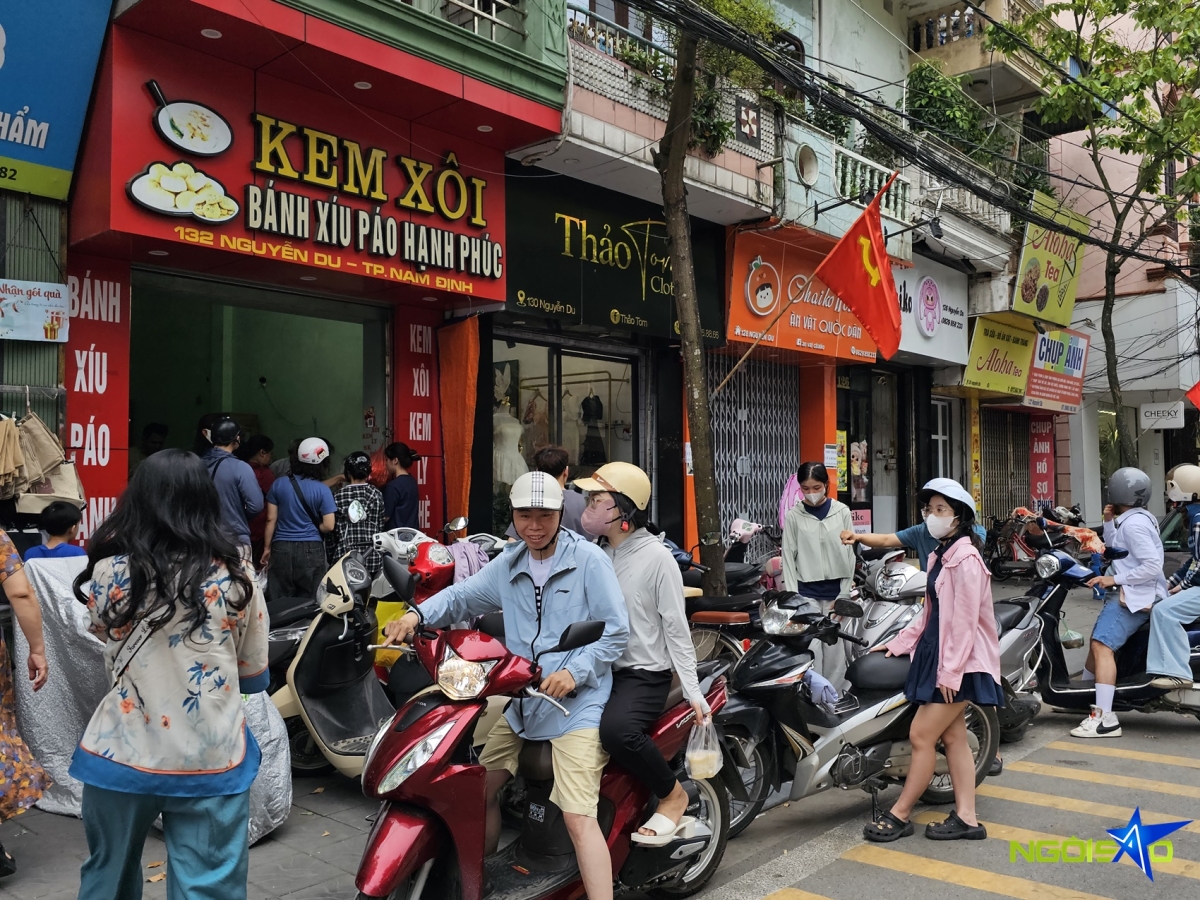
It’s not just savory dishes that are popular in Nam Định; sweet treats and desserts are in high demand too. In the early afternoon, a 35-year-old ice cream and sweet porridge shop is already packed with customers lining up outside. Inside the 20-square-meter shop are six to eight small tables, always occupied. Customers patiently wait their turn, never complaining, even when the owner struggles to keep up with the orders.
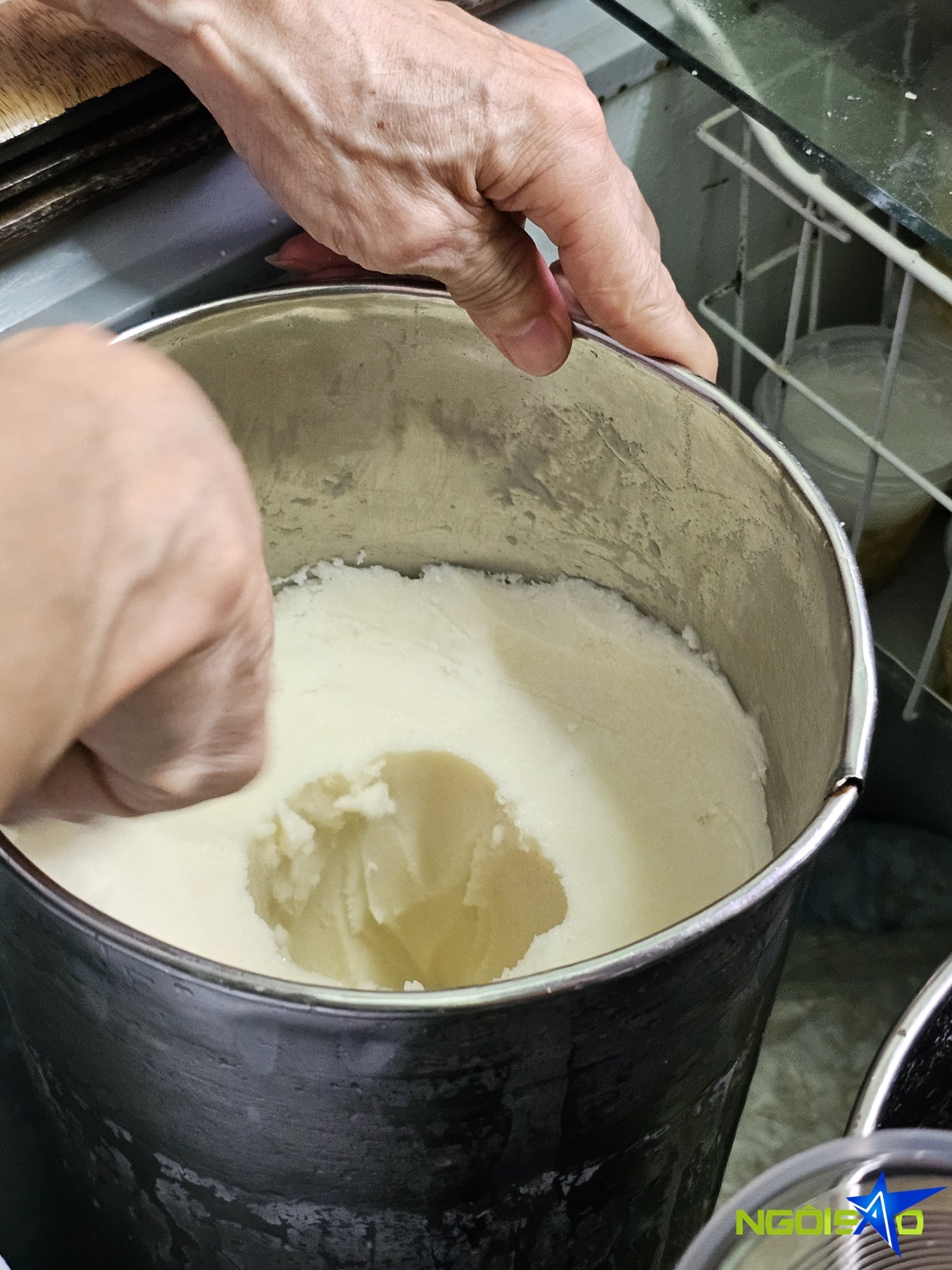
Buckets of ice cream, each with a capacity of about ten liters, are constantly brought out to meet the demand. According to the owner, the shop sells four to five buckets every afternoon. The ice cream served here is exclusively vanilla, with a fluffy texture and just the right amount of sweetness.
Instead of using sticky rice or sticky rice with green beans, as is common elsewhere, the ice cream is served with xôi vò (glutinous rice with a rough texture). Each serving consists of two scoops of vanilla ice cream topped with xôi vò and dried coconut flakes, priced at 15,000 VND. In addition to ice cream, the shop offers dâu (strawberry) ice cream and buoi (grapefruit) sweet porridge for 15,000 VND each, as well as caramel ice cream and yogurt for 6,000 VND each.
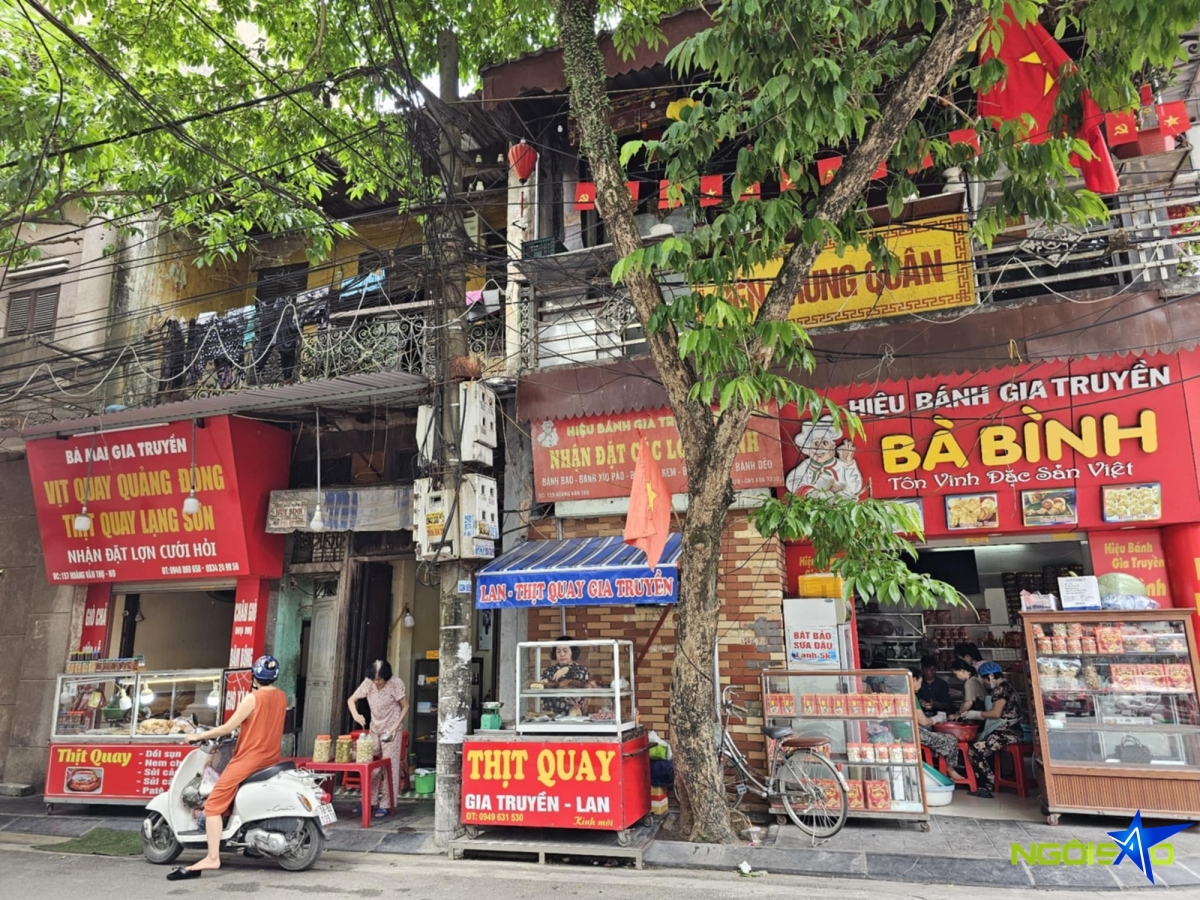
In addition to these main dishes and snacks, Nam Định offers other delicacies such as óc lợn tần lư hương, nem nắm, and bánh su kem, all at affordable prices. Nam Định exudes a laid-back vibe, with spending levels reminiscent of Hanoi in the late 1990s and early 2000s. Exploring the ancient streets of Thành Nam, admiring the historic architecture, and indulging in the local cuisine is an excellent choice for a budget-friendly and short getaway.






























